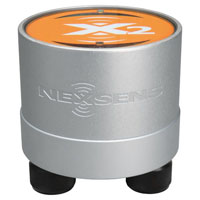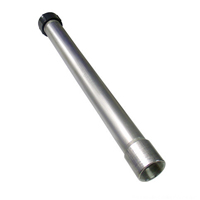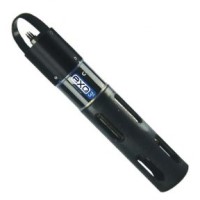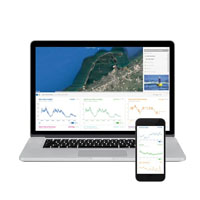 At six different sites along the Ohio River, American Municipal Power, Inc. (AMP) is retrofitting existing locks and dams operated by the U.S. Army Corps of Engineers to generate environmentally friendly hydropower. Many of these projects have broken ground over recent years, but the first to get underway was at Cannelton Locks and Dam, located along the Ohio River near Cannelton, Indiana.
At six different sites along the Ohio River, American Municipal Power, Inc. (AMP) is retrofitting existing locks and dams operated by the U.S. Army Corps of Engineers to generate environmentally friendly hydropower. Many of these projects have broken ground over recent years, but the first to get underway was at Cannelton Locks and Dam, located along the Ohio River near Cannelton, Indiana.
Work to retrofit the dam commenced in 2010, and the hydropower plant came online in June 2016. The plant is located on the Kentucky side of the river, near Hawesville. It diverts water away from the existing dam and into bulb turbines that can generate around 458 million kilowatt-hours of energy annually.
A focus throughout the project has been to minimize the environmental impact during construction and now during operation. A key component of this objective has been long-term monitoring of the Ohio River’s temperature and dissolved oxygen levels, two parameters critically important for the aquatic ecosystem.
To meet that need, AMP managers worked with NexSens Technology to source the equipment and services needed for the monitoring work. This includes equipment such as data loggers and sensors, as well as web datacenter and ongoing maintenance and support services.
Tracking Ohio River conditions
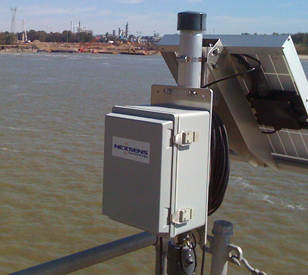 To sufficiently track conditions around the dam, AMP officials opted for two NexSens 3100-MAST Data Loggers to be placed at locations upstream and downstream of the dam. Each system includes a solar panel for continuous operation and cellular modem for remote, wireless data transmission. Although now superseded by the X2 data logger, the original logger units remain in use as of 2023.
To sufficiently track conditions around the dam, AMP officials opted for two NexSens 3100-MAST Data Loggers to be placed at locations upstream and downstream of the dam. Each system includes a solar panel for continuous operation and cellular modem for remote, wireless data transmission. Although now superseded by the X2 data logger, the original logger units remain in use as of 2023.
Connected to the logger at each station is an optical dissolved oxygen sensor from YSI. The sensors use optical technology for improved performance and reduced maintenance. An integrated thermistor measures river temperatures, which also influence DO concentrations. The sensor stores calibration data internally to simplify maintenance during routine site visits. Secure deployment pipes mounted on the lock walls protect sensors during normal operation and facilitate access for maintenance.
Logged data arrives via cellular telemetry in near real-time to the WQData LIVE web datacenter. WQData LIVE permits access for project personnel through a secure login from any web browser. Other features include live views, historical data reports, and alarms that notify of unusual conditions.
Cannelton Hydroelectric Plant Quick Facts
Original dam construction: 1963-1974
Hydroelectric plant construction: 2010-2016
Rated capacity: 88 MW
Annual output: 458 million kWh
Power recipients: 79 member communities in five states
Top image: Courtesy of American Municipal Power
The NexSens X2 Environmental Data Logger offers the latest in real-time monitoring technology with wireless communication, large plug-and-play sensor library, and ultra-low power consumption.
The MAST is a 2″ NPT aluminum pipe assembly designed for mounting an X2 data logger and SP-Series solar power pack for quick deployment.
The YSI EXO3s is a compact, batteryless sonde for monitoring major water quality parameters, including: pH, conductivity, temperature, turbidity and dissolved oxygen.
WQData LIVE is a web-based project management service that allows users 24/7 instant access to data collected from remote telemetry systems.

